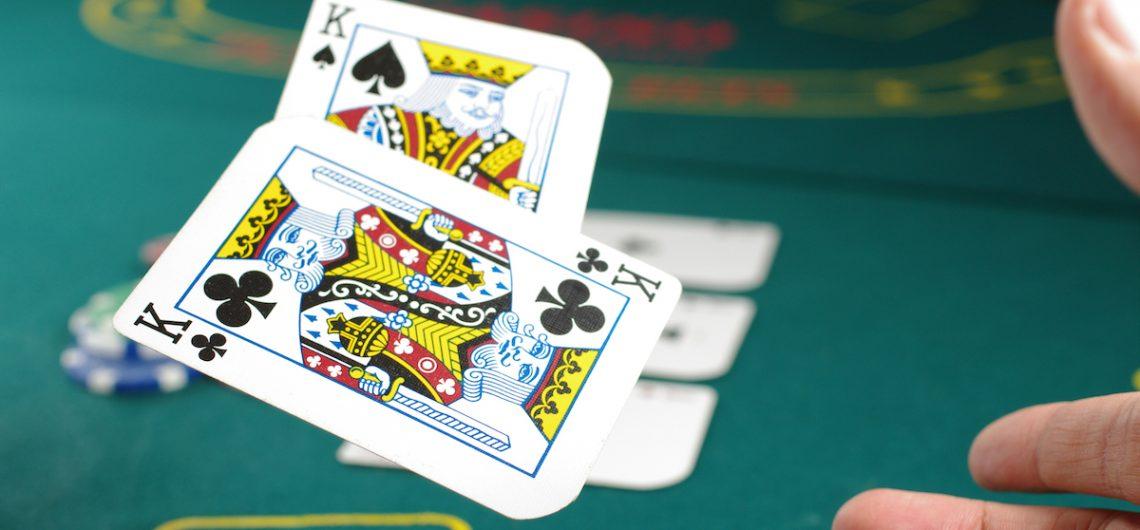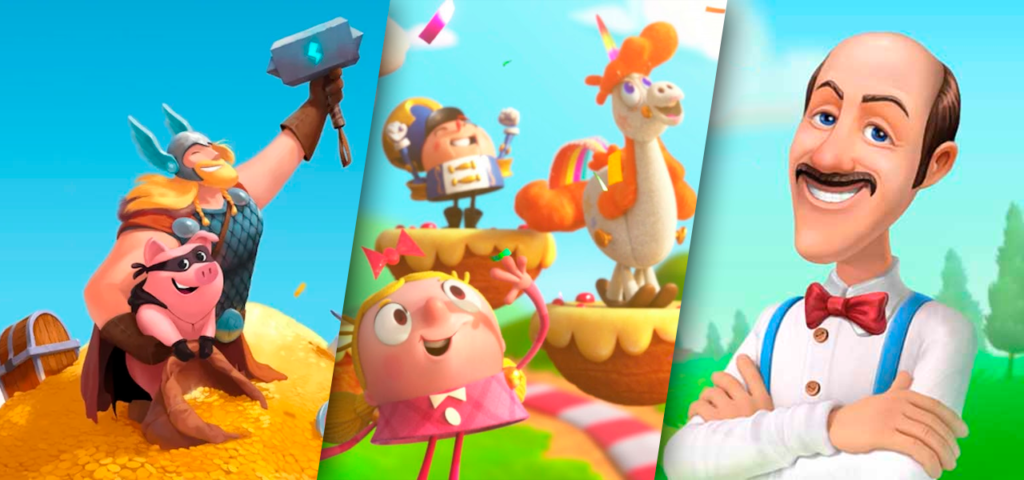In this post, GameAnalytics digs deep into what makes a great social casino game, and they find out how studying this genres’ meta features can improve your titles retention.
Editor’s note: This post was originally published by Chay Hunter, Head of Marketing at GameAnalytics. With several years of digital marketing experience under his belt, Chay has a strong sense of what growth strategies work well in the mobile gaming industry.
Why study social casino games?
There’s a huge amount that any developer can learn from social casino games. The casino genre has some of the most avid and engaged types of players, and developers have therefore built many sophisticated meta game features in order to support the success of these types of titles.
This means you can find a much greater array of unique rewards, challenges or even enhanced purchasing options that provide an important distinction and added value to the players that dedicate a lot of their time to these types of games. People don’t play for real money here, so these features are crucial in order to keep them engaged.
So, that’s why GameAnalytics wrote this post – to showcase some of the most innovative ways to complement your core game and keep your players engaged. They look closely at 8 different meta features popular in social casino games, and highlight what you can learn from them. (In theory, you can take these general principles and apply them to any game of any genre you may be working on.)
They cover 4 primary areas in this post, so feel free to skip to that parts that matter most to you.
1. Who plays social casino games?
To understand how meta features have become so sophisticated in social casino games, you’ll need to know a bit about who plays them first. Here’s a useful breakdown of different social casino player types from Lloyd Melnick.
(While this assessment focuses on real money players, there is a significant amount of overlap with social players, which provides a useful insight into this demographic.)
Excitement players
Boo! These are players who are motivated by the excitement of gambling and the stimulation they experience while playing. Rather than gaming to win or make money, they’re simply looking for a good time and a fun ride, whether they win or lose.
Relaxation players
Casino games offer an ‘escape’ for some players, or a period of relaxation. For these types of players, casino games let them switch off from their daily routine and release some tension.
Functional players
Some play casino games to socialise with friends or simply to relieve some boredom. Therefore, money or winning isn’t as important as the functional role that playing casino games offers these types of players.
Multipurpose players
Players in this category may enjoy casino games for all the above reasons, but will also hope to make significant wins. So, the particular game or the theme is not as important as the chance to make a profit.
Now that you know who plays social casino games, let’s take a look at the top meta features out there and how you can use them to engage each of these personas.
2. Challenges and leaderboards
To keep those gamers who play for the challenge and the competition side of things, adding leaderboards and weekly playoffs is a must. Keep in mind, this type of meta-feature may be the only reason they actually play your game, and may overlook any other feature that you have to offer. There’s a couple of different ways you can do this in your casino title, so here’s a breakdown of what’s already out there (with some nifty examples):

2.1 – Leagues
Huuge Casino’s Billionaire League is a great example of catering to the competitive audience. Not only do they offer different leagues to match the rank and ability of players, their different club events are offered to specific divisions with the chance to win league points and progress further. In short, Huuuge offer a comprehensive competition structure that both challenges and rewards players who continue to play and progres within the app.
2.2 – Clubs
Normally with the billionaire league, players can either create a club with friends or join an existing one and meet new people. When a player does join their new clan, they’ll receive massive rewards for helping out their fellow members. Same when they complete in club events. Huuuge again is another great example of this, especially when they post clever league updates on their Facebook page, wishing goodbye to clubs that exit the league and bigging up the latest champs. This offers a great deal of added incentive and prestige for players beyond the core game.
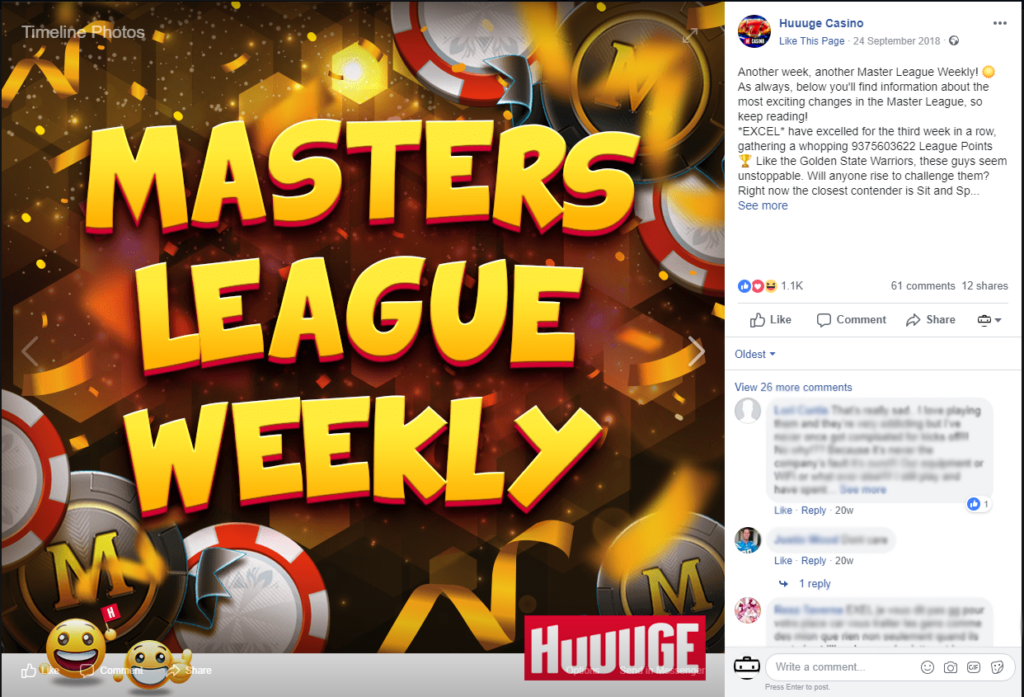
2.3 – Weekly playoffs
Lastly, weekly playoffs are a great way to increase retention by giving players new and regular challenges. It also gives them something to look forward to, even if they don’t win. This is a great example of a habit forming feature, and it’s one that can turn your casual gamers into lifetime fans. GameAnalytics actually wrote a blog on designing habit-forming games that you can take a look through.
3. Progression
Progression is an important part of social casino games – especially for those playing for excitement or relaxation. Like most games, this gives players a more complex and rich experience than one that focuses simply on winning individual matches or sessions.
Remember, players aren’t after money with social casino games, unlike their land-based counterparts. This means that they’ll really appreciate added value to complement the core game. It can come in the form of unlockable features, accumulating rewards, or even a performance bar that monitors success rates. To give you more info on how this looks, here are 3 meta features within the progression category:
3.1 – Unlockable features as you progress
Social casino games have done well at integrating engaging mini games into their titles. These can be triggered when your players reach a certain stage of your game, for instance. You can definitely learn a lesson or two from DoubleDown on this. In game, they’ve added new purchase packages for players who pick up standard in-app purchases, adding another level of progression for paying customers.
Interestingly, despite ARPDAU being low with games in this genre, ARPPU is very high, with the top performing titles experiencing over $35 ARPPU (see GameAnalytics’ 2018 mobile gaming benchmarks report). So, if you want to maximize the revenue from each player, you’re really learning from the best when you play many successful social casino games.
3.2 – Loyalty program for returning players
Retention in Casino games is strong, with the top performing titles showing an average of more than 40% for D1, 20% for D7, and 15% for D28 retention. When comparing these stats to those of other genres, it’s pretty clear that loyalty programs effectively build long-lasting relationships with players, simply by giving them reasons to come back. Check out Playtika’s Rewards loyalty program for inspiration.
As players level up and make purchases, they simultaneously accumulate points that allows them to achieve a higher status, leading to bigger rewards, and ultimately more exclusive in-game benefits by moving up through seven different levels: Bronze, Silver, Gold, Platinum, Diamond, Royal Diamond, and Black Diamond.
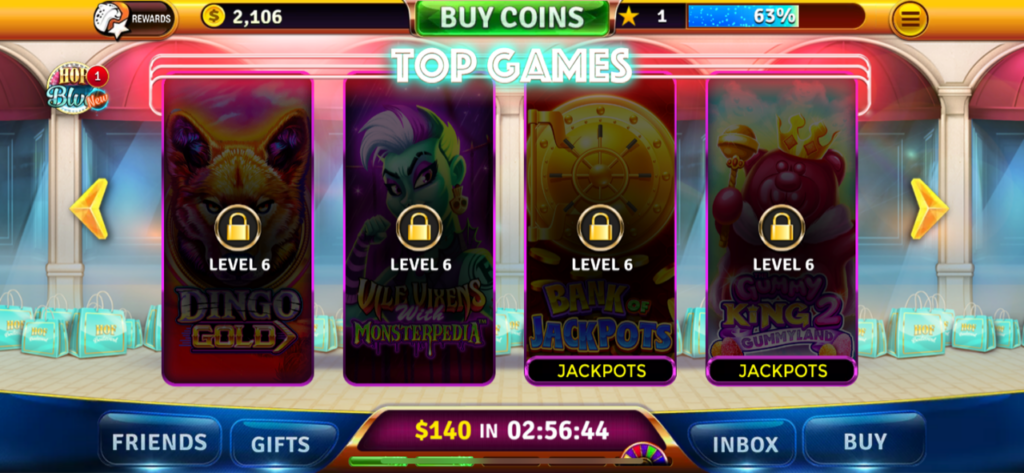
3.3 – Difficulty options
No one wants to play a game that’s too hard – or too easy for that matter. So, think about your different player types when implementing difficulty preferences.
If people are looking to play professionally and train, then a level system is great for them as this gives the player opportunity to refine key skills at different stages. If people are playing casually, then they have the choice to play at the lower difficulty tiers and simply enjoy the experience. Whereas people playing competitively can feel the joy of topping the leaderboards by playing with more challenging and equally matched opponents.
There is such a wide set of players out there that catering to them is important. Also, remember to ask yourself the ever important question: “why are they playing?”. Is it to kill time, to train professionally or develop that competitive edge? It will help inform your decisions here.
Here’s an example of how Playtika have implemented this to great effect with their game Slotomania, which features a customised progression system for different levels of difficulty.
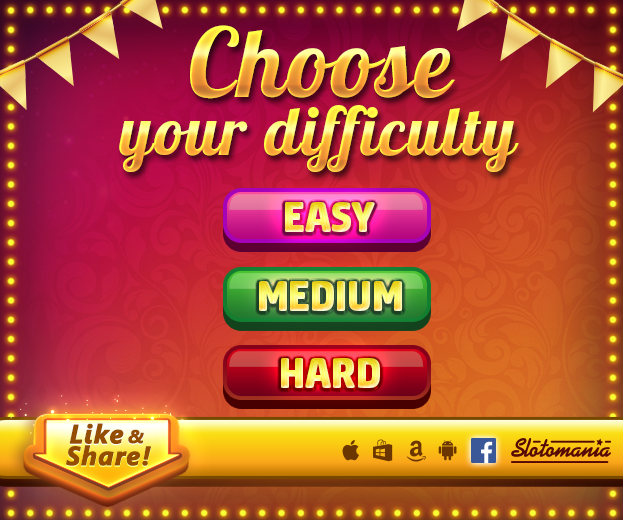
4. Social
Clearly, social plays a massive role in social casino games (the clue rests in the name). And, it’s important that you get this aspect spot on.
Caesars Slots has a great in-game inbox messaging system that you can learn from. It allows players to interact and transfer coins with ease. Features like this tend to enhance the community feeling and interactive quality of the game, letting players communicate within and to a world of other like minded fans.
Similar to the other meta-features, we’ve taken a look at a few different ways that you can cater to this audience.

4.1 – Referral programs
Simply put, this is one of the best ways to market your game to new players. How come? Well, it encourages real people to invite real connections and ignite that competitive spirit.
Zynga, for example, offer $1 worth of coins for new members who join through referral. There is also a referral code available for returners who may have installed the game, but haven’t played it yet. This can extend the lifespan of those offers, giving players more chances to be attracted by the rewards.
Ultimately, by rewarding both parties with additional coins or tokens, you can encourage players to spread the good word about your title. It will also give new users a good first impression, which can be crucial to winning over players from your competition.
4.2 – Playing against each other
Consider in-game chat features and allowing players to battle head-to-head. This isn’t exactly a new feature, but casino games have worked pretty hard to maximize the experience here. For instance, profile pictures can be added to your avatar (or automatically updated when you link with Facebook) so it adds the feeling of playing your friend, rather than a computer (or some unbeatable, malicious AI).
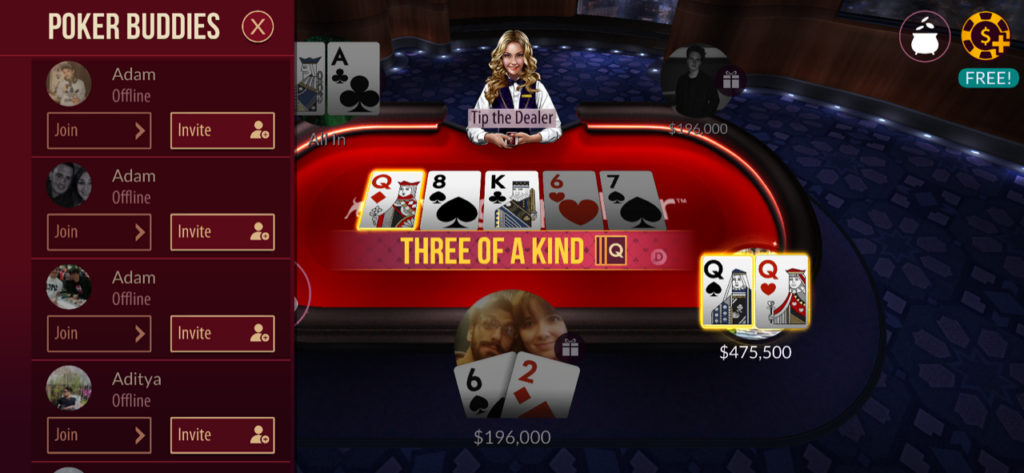
4.3 – Watching friends play
To go the extra mile and engage potential players, why not give them the ability to watch their friends play and even send notes of encouragement? Maybe even encourage taunts too. This can let new player learn from their mates, or simply show some support.
Pokerist by KamaGames for instance offer a built-in ‘Watch tables’ button that lets you live stream a friend’s poker game if they are online when you are. Players can also send virtual “gifts”, emojis and text messages through additional social features.
In a nutshell, make sure to enhance your core game with meta features!
Even if you’re not considering working on a social casino title, all of these meta features are incredibly sources of inspiration when optimising the retention rate of any mobile game. More importantly, they’re a great way to develop a stronger relationship with your players.
While your core gameplay loop is obviously essential to initial success of your title, it can’t be underestimated how additional meta elements add to the overall playing experience. This applies to social casino games as much as any other mobile games genre.
And if you are considering branching out into this genre, here’s a fun fact – social casino games have the longest Average Session Length when compared to the other genres, with the top performing titles having ASL as high as 40 minutes! Also, stickiness is incredibly strong with casino titles, with top performing titles experiencing 27% Stickiness.
Let GameAnalytics know if they missed any other important meta-features and they’ll gladly add them in. They’re always trying to add interesting and useful posts like this on their blog, but to save you some time, here are a select few posts from GameAnalytics that we think you should nosey through next:

